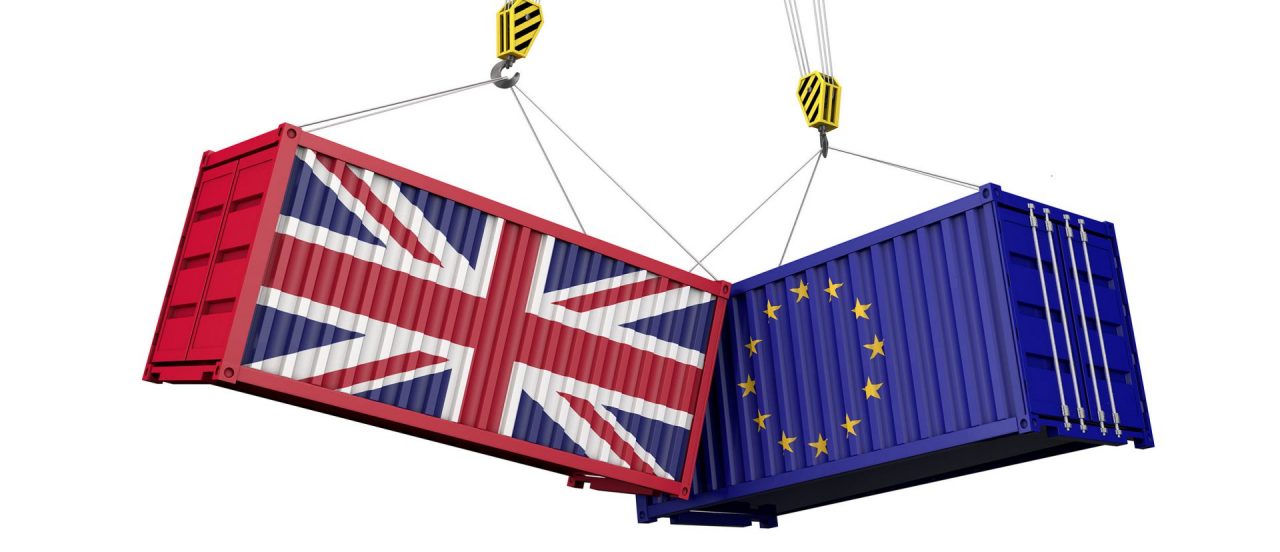This paper charts the development of UK competition law and policy towards vertical agreements over the 20 years since the Competition Act 1998 came into force. It traces how UK policy has evolved and notes that although many UK cases initially focused on resale price maintenance, a number of more recent cases have analyzed vertical restraints affecting online selling, which have proliferated since 2000 with the rapid growth of e-commerce. The paper also considers how the law could, or should, develop in the future, especially after the transition period following the UK’s departure from the EU ends. In particular, whether, post-Brexit, the UK authorities should continue to follow EU competition law in this sphere, which has in significant respects been influenced by internal market considerations, or whether it should take a different course.
By Alison Jones1
I. INTRODUCTION
This paper charts the development of UK competition law and policy towards vertical agreements over the 20 years since the Competition Act 1998 (“CA98”) came into force in March 2000. It notes, focusing on Chapter I of the CA98,2 that the policy has progressed from a laissez-faire approach to a more interventionist one, closely aligned with EU law. Indeed, since 2005 UK law has closely followed EU jurisprudence, even where the latter has been significantly shaped by EU internal market considerations. UK authorities have, however, also analyzed a number of vertical restraints which hav
...THIS ARTICLE IS NOT AVAILABLE FOR IP ADDRESS 216.73.216.120
Please verify email or join us
to access premium content!

